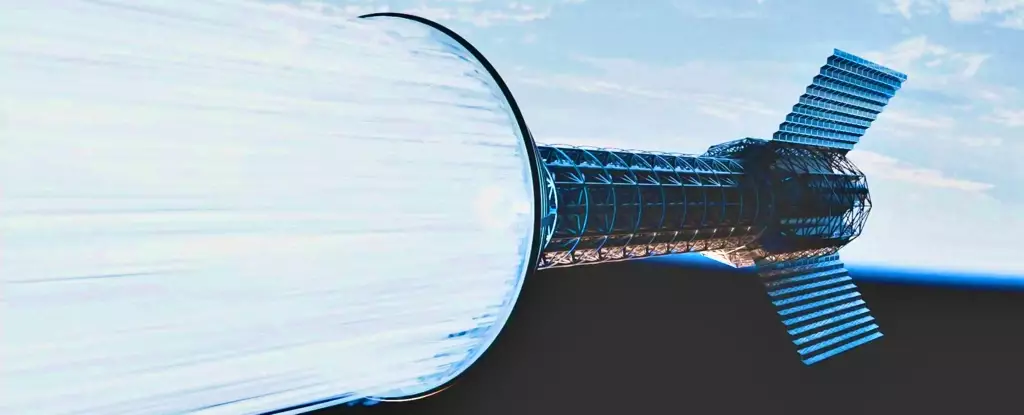

Sending humans to Mars has always been a dream of space exploration, but one major obstacle has stood in the way – travel time. Currently, a round-trip to the red planet would take almost two years, exposing astronauts to significant health risks such as high levels of radiation, zero-gravity effects, and isolation. Space radiation, in particular, poses a severe threat as astronauts are exposed to as much radiation as 1,000 chest X-rays in just six months, increasing the risk of cancer, nervous system damage, bone loss, and heart disease.
To combat these risks, NASA has invested $725,000 in the development of the Pulsed Plasma Rocket (PPR), a new propulsion system that could potentially shorten the trip to Mars to just two months. The PPR uses pulses of superheated plasma to generate thrust efficiently, with a high thrust and specific impulse. This technology not only reduces travel time but also minimizes radiation exposure and other harmful health effects, making it a revolutionary advancement in space exploration.
The PPR, currently in phase two of development under the NASA Innovative Advanced Concepts (NIAC) Program, has the potential to change the future of space exploration. With 10,000 newtons of thrust at a specific impulse of 5,000 seconds, a PPR-equipped spacecraft could travel at roughly 100,000 miles per hour. This speed opens up new possibilities for reaching destinations like Mars more quickly and efficiently, ultimately expanding the range of human space exploration.
While the PPR is still in the early stages of development, with phase two focusing on engine optimization, proof-of-concept experiments, and spacecraft design for human missions to Mars, the potential for this technology is immense. It may take a couple of decades before the PPR is ready for spaceflight, but once available, it could revolutionize the way we explore the solar system. Troy Howe, president of Howe Industries, envisions a future where the PPR technology could aid missions to even more distant destinations like Pluto, opening up endless possibilities for human space exploration.
NASA’s investment in the Pulsed Plasma Rocket represents a significant step forward in addressing the challenges of space travel, particularly to Mars. By reducing travel time, minimizing health risks, and increasing the efficiency of space propulsion, the PPR has the potential to revolutionize space exploration and pave the way for future missions to destinations beyond our current reach. As technology continues to advance, the possibilities for human spaceflight are limitless, offering new opportunities for exploration and discovery in the vast expanse of the universe.
Cells form the foundation of all living organisms, and gaining insights into their inner workings…
Mosquitoes are not just an irritating nuisance; they are deadly vectors that transmit a range…
In the quest for sustainable living, consumers often hold fast to the belief that glass…
For over a century, the astral mystery surrounding Barnard's Star, a unique red dwarf just…
In the realm of catalysis, particularly in the context of oxygen evolution reactions (OER), understanding…
Recent research has illuminated a groundbreaking connection between blood donation frequency and the health of…
This website uses cookies.